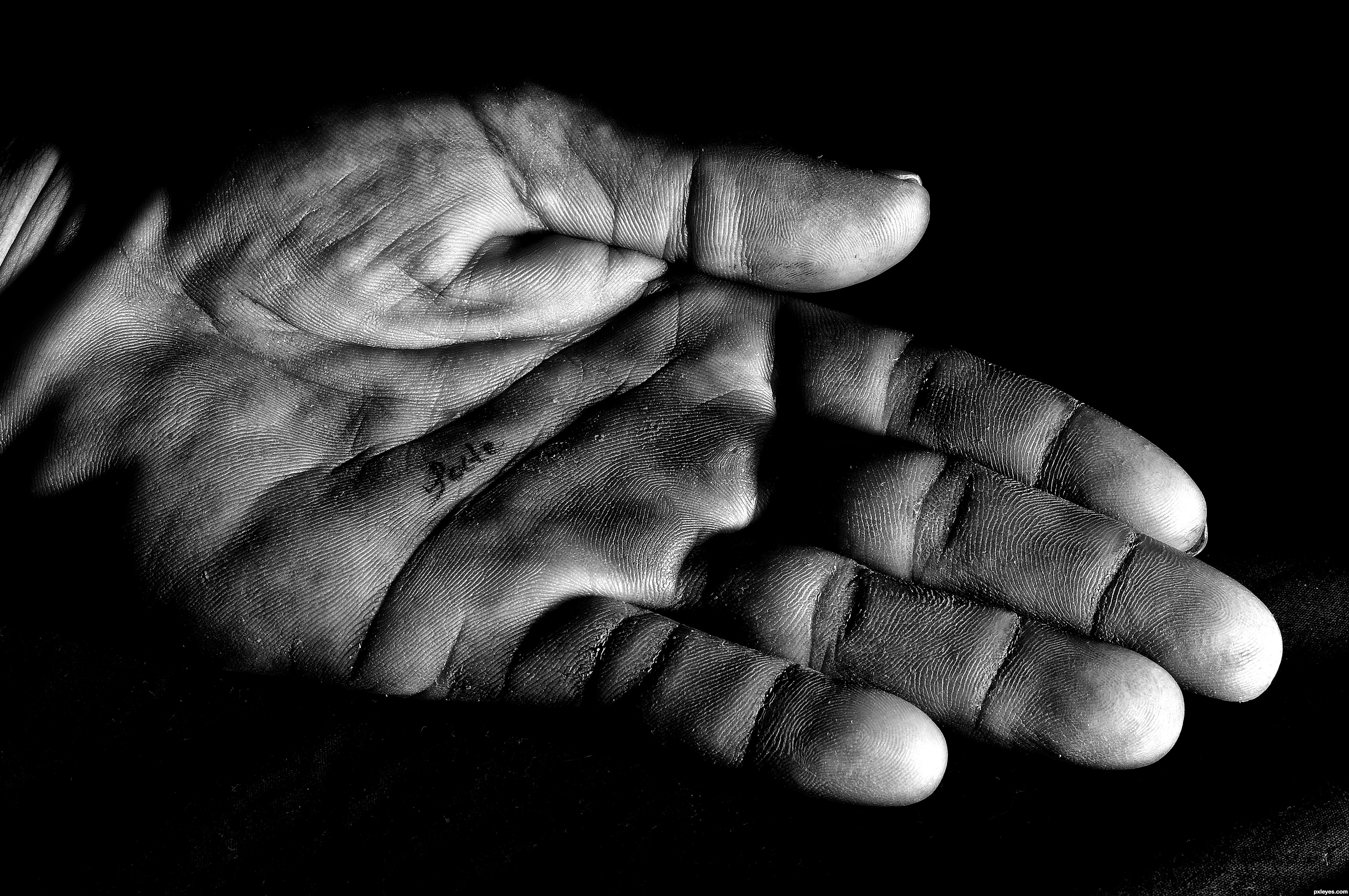HANDS

The part of your body at the end of each arm that
you use for picking up and holding things. It’s the prehensile part of the
upper limb in humans and other primates, consisting of the wrist, metacarpal
area, fingers, and thumb.

Men, women and children all can say they have at
least one thing in common: hands; a part of the body used more than other parts
of our body. You would use your hands to pick up an object, touch your feet,
clap – to show a feeling of enjoyment – or even holding your forehead – showing
a sign of emotion. Hands help us to communicate, create and feel almost
everything we do.

Each person has twenty seven bones in their hand.
Our hands, no matter what nationality or age, usually have four fingers and one
thumb attached to your wrist. We all have knuckles, finger nails and lines in
the palm of our hand called ‘palmar flexion creases’. In many obvious ways you
can tell how we share similarities. Yet, hands are so unique in their own
intricate way.
Those very hands that we are born with and are similar
have noticeable differences as well. Such as size, long or short nails, fat or
narrow fingers … They all have different ‘palmar flexion creases’ and most
intriguing we all have different finger prints. It's so interesting to know
that before we are born these patterns are being created before we are
conceived.

Although we all have hands, our creative talents are
different. Some can play instruments, draw, heal others, build, write … the
list is unlimited. What looks to be the same can be very different in so many
ways.

Yendor

No comments:
Post a Comment